It doesn’t cost anything to make broadcast quality video, all you need is talent.
In an interview with The Guardian back in 2012, producer and director, Michael Rosenblum, spoke about how the shrinking costs throughout the media industry were creating a wealth of opportunity:
“The tools out there are so cheap and easy to use that any nine-year-old can operate them.”
While his interview was nearly a decade ago, it’s fair to say his assessment was right on the money.
The availability for so many more people to have cameras in their phones allowed for independent filmmaking to rise; fostering the democratization of creativity and production.
As Rosenblum put it: “All you need is a camera, even just an iPhone and a good idea.”
He wasn’t wrong. Merely a few short years after his remarks, the industry saw a slew of new indie films come onto the scene like “Tangerine,” “Unsane,” and “Made in Paris” — all of which were shot on iPhones.
In writing for HuffPost in 2016, Damon Beres explained that “Smartphones are becoming a powerful tool for filmmakers who want to tell stories without spending thousands of dollars on high-end equipment.”
All of this is to say that the media industry as a whole has seen a seismic shift from days past when production was limited only to a few who had significant capital to spend.
But I want to talk about another democratizing shift that’s underfoot.
The rise of the no-code movement, where people no longer need to learn a programming language in order to create something useful on the internet — will swing the pendulum even further.
Suddenly, what was once obscure in the world of software will now be easily accessible to all.
No-code helps makers go from ‘good idea’ to execution
Around the same time Rosenblum gave his interview, there was a rallying cry for filmmakers to learn how to code.
“Software is part of our everyday life,” Sarah Wolozin wrote for Filmmaker Magazine. “As more storytellers consider migrating to the web and other digital platforms, the relationship between filmmaking and programming becomes more pressing.”
Makers were urged to code in order to promote their work. Need a website to market your indie film? Learn code. Of course, doing so wasn’t all that simple. A budding filmmaker would have to pay a pretty penny for courses that could take anywhere from months to years.
That was then, this is now:
In 2022, you don’t need to write even a line of code to create a modern, visually compelling website. Platforms like Webflow and Squarespace make it so that anyone with zero developer skills can use them.
In other words, you can work on your big ideas today, without losing steam.
Even as no-code platforms have been around for some time, they’re only now gaining traction. For instance, at my own company, Jotform — we’ve been building no-code products for our users since our launch 15 years ago.
My vision was a simple one: make people’s lives easier. Make it possible for people to build what they want without having to rely on a developer for help.
That’s the beauty of this movement.
“I think no code is really about empowerment,” explains Co-founder and CEO of Zapier, Wade Foster. “It’s about helping folks who have ideas who want to get a job done — be able to do that stuff.”
“They don’t have to wait for engineering. They don’t have to wait for IT to go make this stuff happen.”
More creative solutions without writing code
For documentary filmmaker, Victoria Mapplebeck, “shooting with a smartphone demands a fraction of what it costs to work with a conventional crew and kit.”
Similarly, no-code platforms can help makers — from all creative fields — find solutions without a large budget or significant time investment.
Here are 3 other ways they stand to win:
1. Getting the word out: If you’re an aspiring filmmaker, you can make eye-catching social media ads with no-code tools like Canva. The platform has a drag-and-drop feature and an array of beautiful templates which allows you to create ads without extensive design knowledge or experience.
2. Monetizing projects: The emergence of these tools allows for artists to become their own business owners. Designers, podcasters, and writers can monetize their skills with platforms like Gumroad — a simple e-commerce for creators where they can connect with customers without missing a beat. Other no-code software like Bubble lets anyone who has an idea to build, prototype, and launch their own profitable app into the world.
3. Following their calling without restraints: Makers who might find themselves stuck in their current jobs can transition to more creative roles, because they no longer require engineering help. “A common problem that we saw years ago was a lot of people saying, like, ‘Hey, I’ve got this idea, but I don’t have a technical co founder,’” explains Matt Varughese of Visual Dev FM. “And now you don’t need a technical co-founder. If you got the idea, you can be scrappy.”
The bottom line
There was a time in our history, when artistry and storytelling on a large scale was confined to only those who had the means to produce. We’ve watched that change to a point where diverse perspectives and voices from all over the world are now heard.
The point of no-code is to continue closing that gap between a very small group of software engineers and the wider mainstream.
In the coming years, this movement will be placing creative freedom into the hands of millions; empowering them to watch a fledgling idea become a thriving opportunity.
Because when given the right tools to succeed, people create the most extraordinary things.








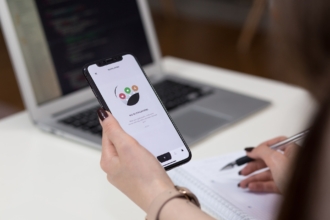














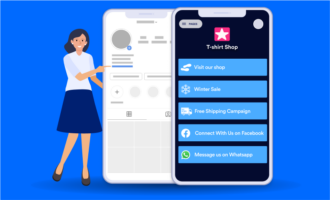
















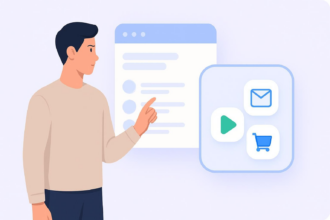





















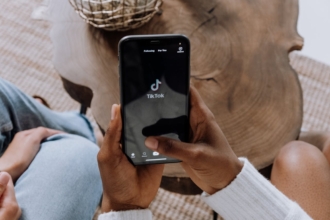















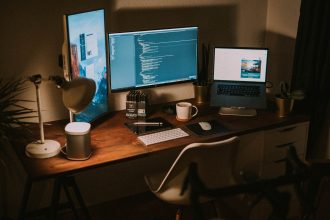























Send Comment: